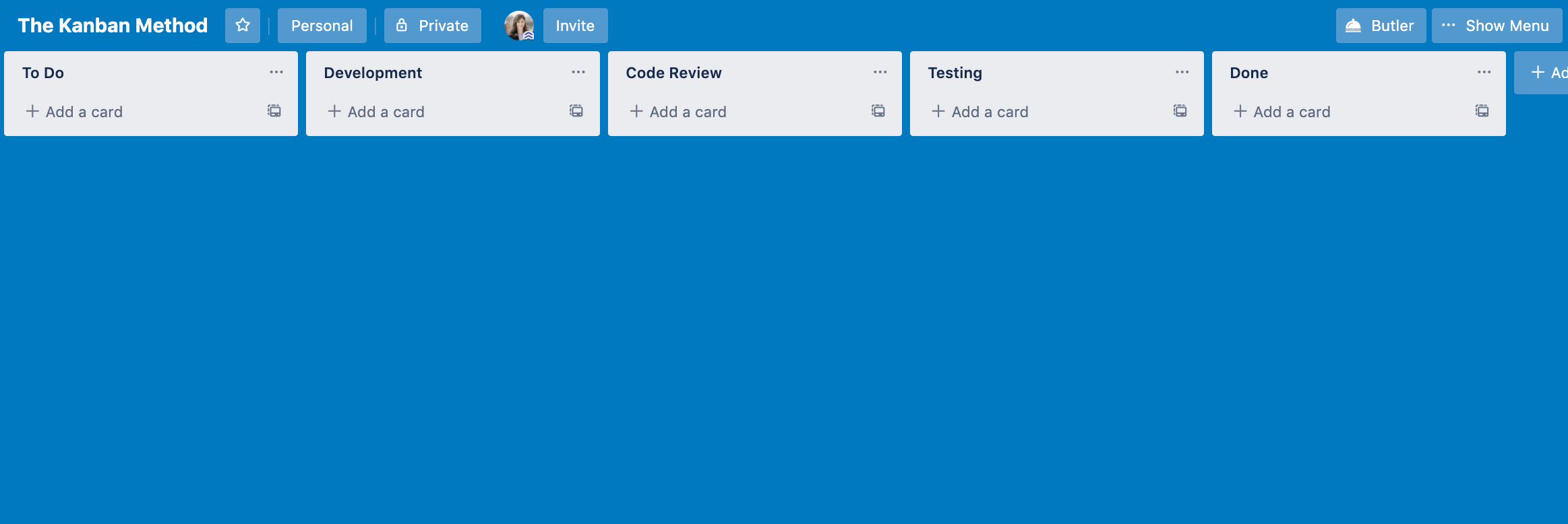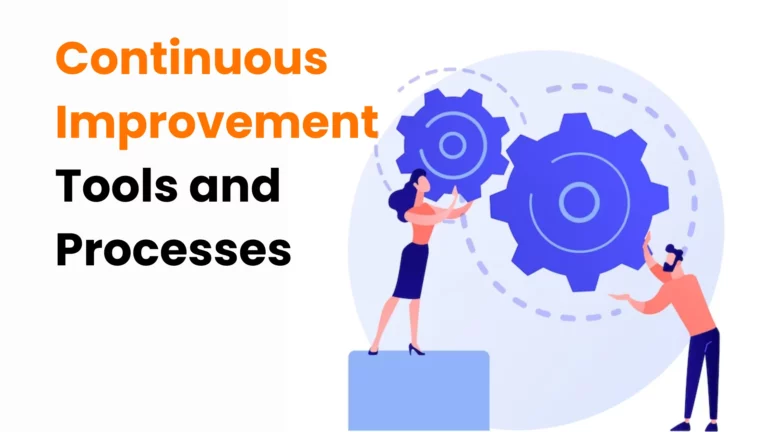The global continuous improvement tools market is growing at a faster pace, with a CAGR of more than 7.4%. And by 2032, it is expected to surpass the expectations of market researchers by a huge margin as well.
So, what’s driving the market growth for continuous improvement solutions?
It is primarily due to an increase in demand for cloud-based solutions for the adoption of the continuous improvement strategy. Continuous process improvement tools are now the trend across various industries, such as automotive, retail, consumer goods, manufacturing, and so on.
No matter which industry your business operates in, you need to find the best continuous improvement methodologies and tools that suit your unique needs.
Let’s take a quick glance at the continuous improvement methodologies.
Continuous Improvement Techniques
Big changes fail 70% of the time. Think about it. Would you consider changing your complete diet overnight in the name of a healthy lifestyle? Or would you prefer to start by making a few healthy additions and a few cutbacks to your healthy lifestyle journey?
It is a journey, right? We do not see changes in our body or our skin immediately when we start a healthy diet. We do not see it if we stop doing it after a month.
It is only when we commit to make those small sacrifices and upgrades, such as replacing your white rice with the brown ones, that we succeed.
The same holds true for your business. Continuous improvement is the way to business innovation consistently and religiously. Here’s a list of processes you must try:
Kaizen
A Japanese term that talks about really focusing on the process and figuring out what works for your organization. The Kaizen approach consists of five founding elements :
- teamwork,
- personal discipline,
- improved morale,
- quality circles,
- suggestions for improvement.
These terms may sound easy, but if you have been a manager or a leader even for a month, you know the difficulty.
But you can learn how to manage all the tasks simultaneously without compromising on the end goal. Schedule a call for open communication between two innovation leaders.
PDCA (Plan Do Check Act)
The PDCA cycle, also known as the Deming Wheel and Shewhart Cycle, is a systematic approach to using a single loop of testing different ideas and implementing solutions.
It enables you to formulate hypotheses about what needs to improve and test them in a continuous feedback loop.
- Plan: Identify your opportunities, the roadmap to achieve the strategic goals, and the criteria to measure the results.
- Do: It’s your turn to act on the plan.
- Check: Analyze the results and try out more improvements to your original plan, and repeat the Do and Check process till satisfaction.
- Act: Final execution of your end solution.
The 80-20 Rule
Also referred to as the Pareto principle, the 80-20 rule talks about how 80% of outputs are the result of 20% of all inputs. The rule basically streamlines the process of identifying areas that need priority-based improvement and dedicating company resources to optimizing them.
When companies follow this continuous improvement process, they are able to see great impact with small changes.
For instance, Dr. Joseph Juran, a prominent figure in the field of operations management, applied the Pareto rule to quality control for business production.
He showed how 80% of product defects were due to 20% of the problems in production methods. So, he demonstrated that by reducing the 20% of production problems, a business could increase the overall product quality. The vital few and the trivial many,” he called it.
However, companies often end up misinterpreting the principle and focusing only on the 20% of inputs, ignoring the huge 80% chunk. They must find a balance to prioritize the 20% without compromising the 80% aspect.
Related Read: How Google’s 80/20 rule led to the development of Gmail?
Bonus Tip: Make it Easy
Bill Murray, a renowned American actor and comedian, famously said, “The more relaxed you are, the better you are at everything: the better you are with your loved ones, the better you are with your enemies, the better you are at your job, the better you are with yourself.”
It couldn’t be said better.
When we talk about continuous improvement in a workplace, it’s obvious that employees are the real actors in the play. Since people respond to what they understand, you must make it easy for them to perform their job better.
Leverage digital tools and automation to make their job of generating ideas and productivity as well as your job to inspire innovation easy and fun.
We have compiled a list of tools for you to check out and start improving.
Continuous Improvement Tools Examples
What are continuous improvement tools, if not one of the most powerful resources in lean manufacturing?
Improved productivity, reduced errors, a pre-built framework for profitability, and whatnot! Without wasting any time, let’s dive straight into tools to support the continuous improvement process.
Idea Assist: Business Improvement Software
Part of InspireIP, Idea Assist is an idea management software. It helps you distribute your continuous improvement process into four stages. Every process we mentioned in the blog above, i.e., Kaizen, PDCA, The 80-20 Rule, and Make it Easy, incorporates each one of them with Idea Assist.
- Capture: Run continual, small and big, improvement or innovation challenges to collect ideas and suggestions from every member of your workspace.
- Analyze: Gather feedback for the ideas, prioritize for implementation, or pursue further process improvement.
- Deep Analysis: Pursue a high-stake idea or suggestion that may affect the business process significantly. Include every stakeholder in the process. No man left behind. Amazing internal communications.
- Implement: Execute tasks swiftly. Check their progress and establish a continuous feedback loop.
To your benefit, you receive advanced reporting that enables you to measure the growth impact of each idea or suggestion and track the ROI. Recognize and acknowledge the contribution of your employees, reward them, and establish a continuous improvement culture based on innovation.
Unlike the popular belief, innovation isn’t the product of one groundbreaking idea striking once in a blue moon. Instead, it is the byproduct of consistency and perseverance. It results from a collection of many little improvements that eventually lead to a competitive edge.
Trello: Continuous Improvement Tool
One of the best process improvement tools, Trello, gives teams visibility into how tasks navigate through internal workflows. With features such as Adding Task Cards to Lists, Waiting Assignments, Pending Reviews, Board Templates, and more, teams can identify bottlenecks and automate tasks.
Trello’s visual nature helps in establishing transparency and accountability. By providing a clear view of tasks and their progress, the tool enables iterative enhancements to workflows and processes.

HypeDocs
HypeDocs is the (not so) unconventional of the continuous improvement software tools out there. We strongly believe people are the real asset that enables a company to do wonders or stay mediocre. So, helping your tribe be the best version of themselves and content with what they do is always the best way to go about improvement.
“HypeDocs is all about celebrating the little wins.” It enables individuals to set a mission, create plans, and track personal and professional achievements all in one platform.

In Summary: What are Continuous Improvement Tools?
Opportunities to improve processes, techniques, and operations are present everywhere. You just need to identify and grab those opportunities. Continuous improvement software tools help you to do just that: capture, recognize, improve, evaluate, and automate business operations and increase employee engagement at the same time.
To be direct, you need to invest in a continuous improvement tool as soon as possible.



